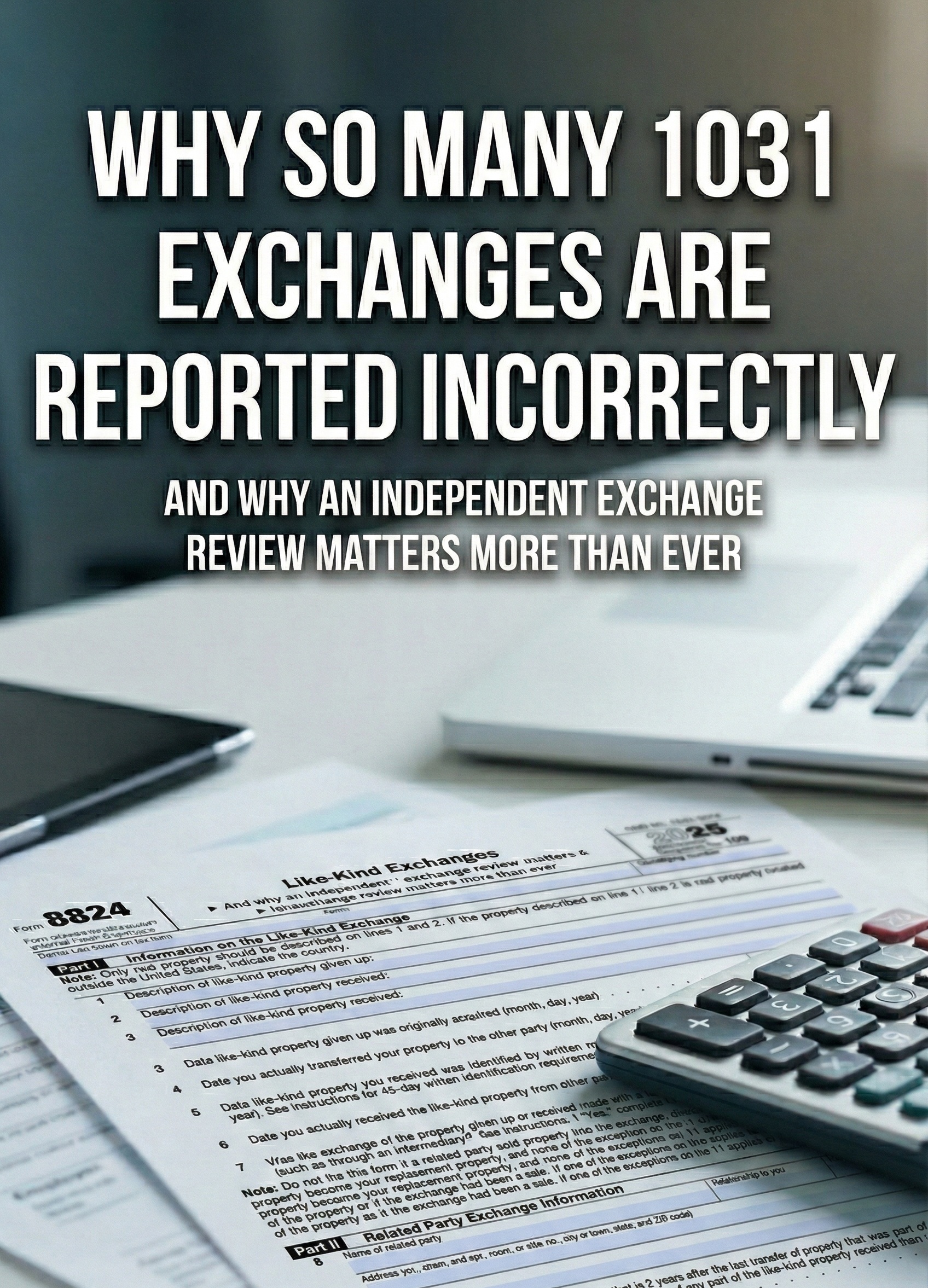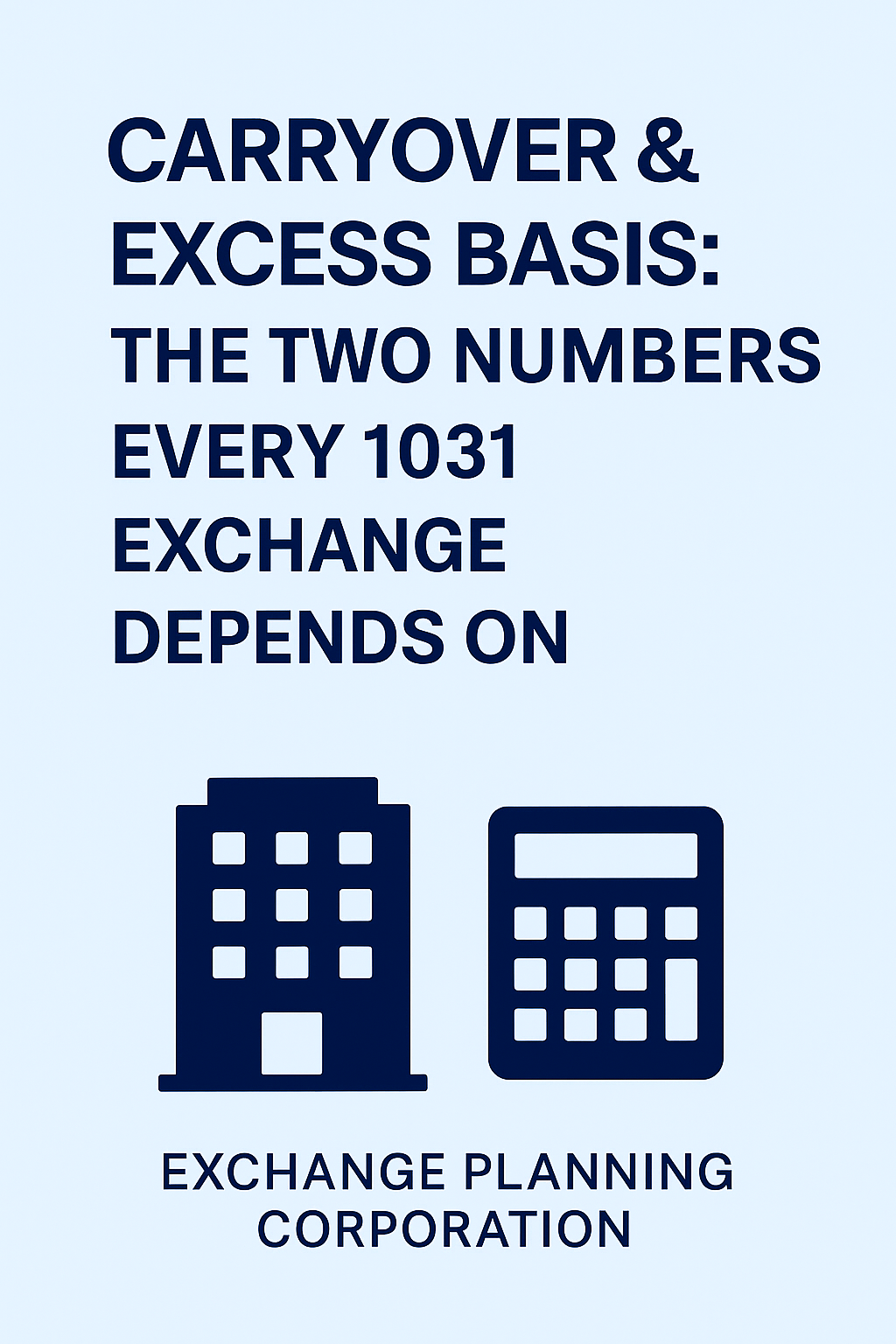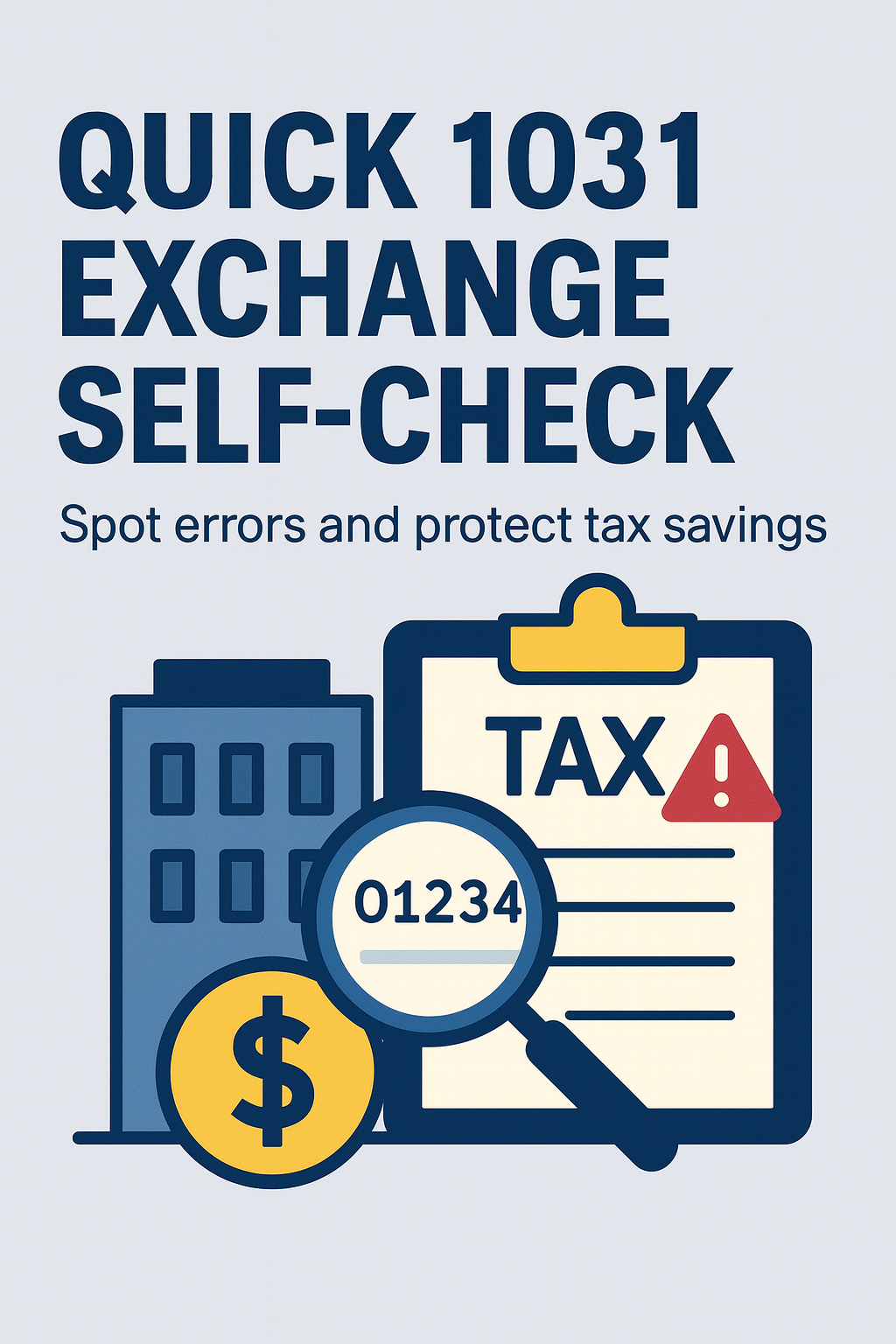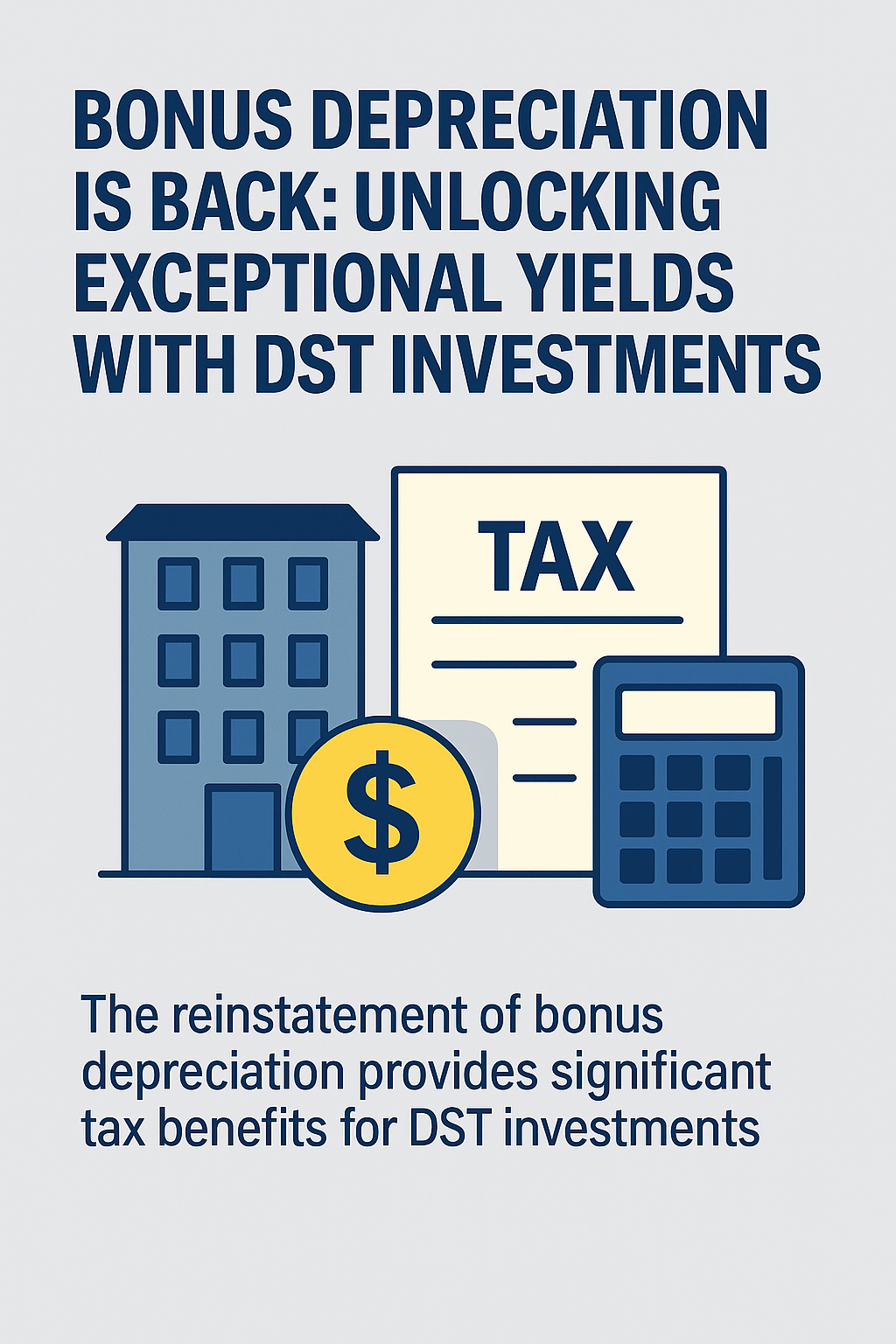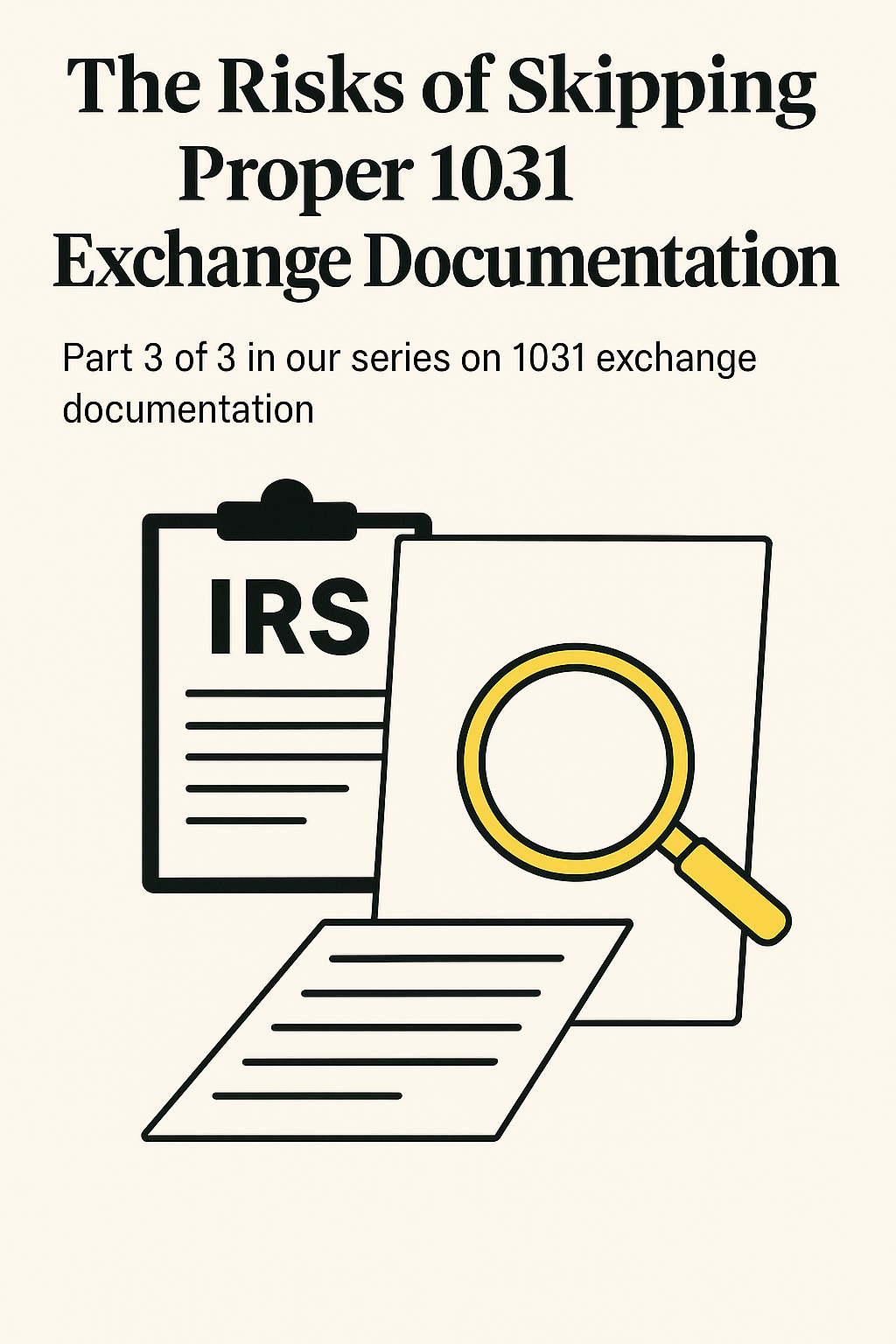In the evolving landscape of real estate investing, Delaware Statutory Trusts (DSTs) have emerged as a powerful tool for savvy investors seeking to navigate the complexities of 1031 exchanges. As a follow-up to our previous discussion on understanding Delaware Statutory Trusts (DSTs), we’ll delve further into the specific advantages that come with utilizing a Delaware Statutory Trust in a 1031 exchange, especially in the current market conditions.
Now is a unique moment in real estate investment history where DST offerings are presenting lower than market finance rates that are hard to match elsewhere. With the market’s inventory remaining low, the benefits of investing in DSTs have become increasingly prominent. Here are some key benefits:
1. Ease of Identification When participating in a 1031 exchange, identifying a replacement property within the stipulated 45-day window can be daunting. DSTs offer a streamlined alternative, reducing the stress and potential pitfalls associated with identifying and securing a suitable rental property.
2. Attractive Finance Rates and Debt Management Many Delaware Statutory Trusts offer attractive finance rates. These unique rates, coupled with the ability to replace debt on sold properties, make DSTs an attractive option for investors.
3. Portfolio Diversification Investing in a DST allows investors to own a fractional interest in a large, institutional-quality property or portfolio of properties, providing diversification in terms of property type and geographic location.
4. Passive Ownership DSTs allow investors to enjoy the benefits of owning real estate without the hassles of property management. This makes it a great option for investors looking for a hands-off approach.
Consultation with Experts Engaging in a 1031 exchange using a Delaware Statutory Trust requires professional guidance. The experts at Exchange Planning Corporation are here to ensure your investment journey runs smoothly. We recommend reading Lynn’s story to understand the potential pitfalls of handling debt and liquidity issues without expert help.
To further clarify your understanding of Delaware Statutory Trusts and their role in 1031 exchanges, let’s answer some frequently asked questions:
FAQs
- What is the 1031 exchange timeline? The 1031 exchange timeline is a set of deadlines investors need to follow. Once the relinquished property is sold, investors have 45 days to identify potential replacement properties and a total of 180 days to close on the new property. See our blog post on the time frame here.
- What are the main benefits of using a DST in a 1031 exchange? DSTs simplify the property identification process, offer unique finance rates and debt management, provide portfolio diversification, and allow for passive ownership.
- How can Exchange Planning Corporation help me with a DST in a 1031 exchange? Exchange Planning Corporation offers expert advice and guidance on DSTs and 1031 exchanges, ensuring a smooth process. Our team of professionals has a deep understanding of market conditions and will guide you towards suitable DST offerings.
- How does a DST mitigate the risk of missing the 1031 exchange deadlines? DSTs are pre-packaged investments that can be quickly and easily identified and purchased, significantly reducing the risk of missing the crucial 45-day identification window and the 180-day closing window.
- What are the financial benefits of DSTs? DSTs often offer exclusive finance rates and provide a mechanism for managing debt. This can lead to significant financial benefits compared to other investment avenues.
Investing in a Delaware Statutory Trust within a 1031 exchange is a strategic move that could potentially reap significant rewards. If you’re considering this path, make sure to consult with the experienced team at Exchange Planning Corporation to ensure your investment is a success.


